1. Mini Skirts
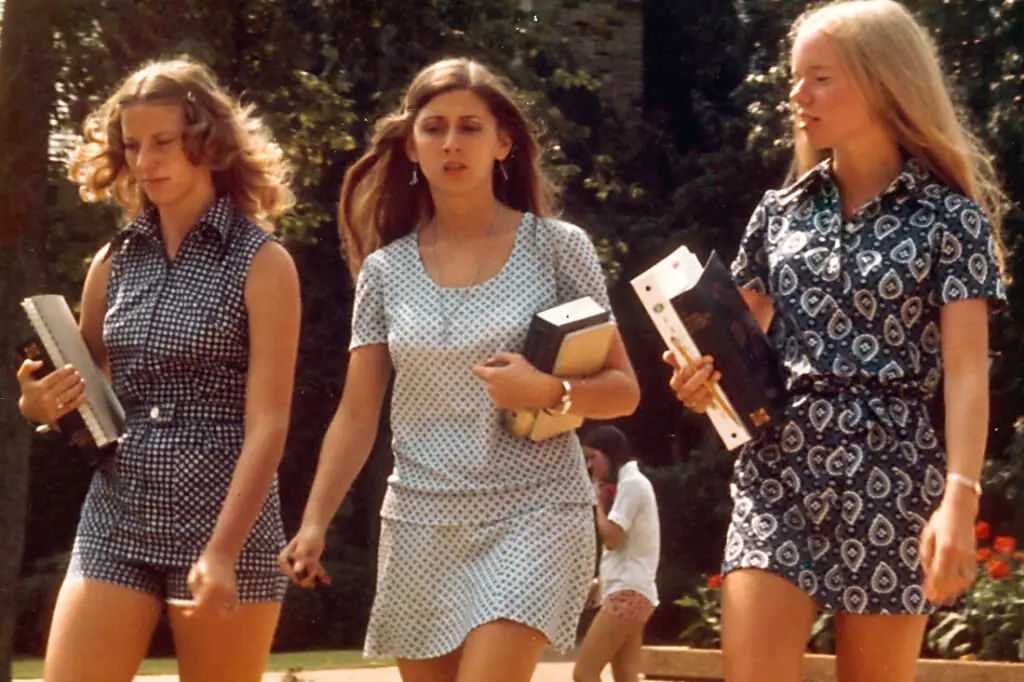
The ’60s saw the rise of the mini skirt, a bold and revolutionary fashion statement. This daring piece, which exposed more leg than ever before, became synonymous with the youthful rebellion of the decade. Designed by Mary Quant, the mini skirt was embraced by women looking to break away from more conservative styles. It quickly became a symbol of freedom, sexual liberation, and a new sense of empowerment. Celebrities like Twiggy and Jean Shrimpton were spotted rocking the mini, making it even more iconic.
While it may seem like a casual look today, the mini skirt was considered a shocking and provocative trend at the time. It sparked heated debates about decency and the role of women in society. Yet, it continued to gain popularity, evolving into a must-have wardrobe staple. Today, the mini skirt’s legacy lives on in various forms, from denim to high-fashion runways, proving its lasting impact on fashion.
2. Bell-Bottoms
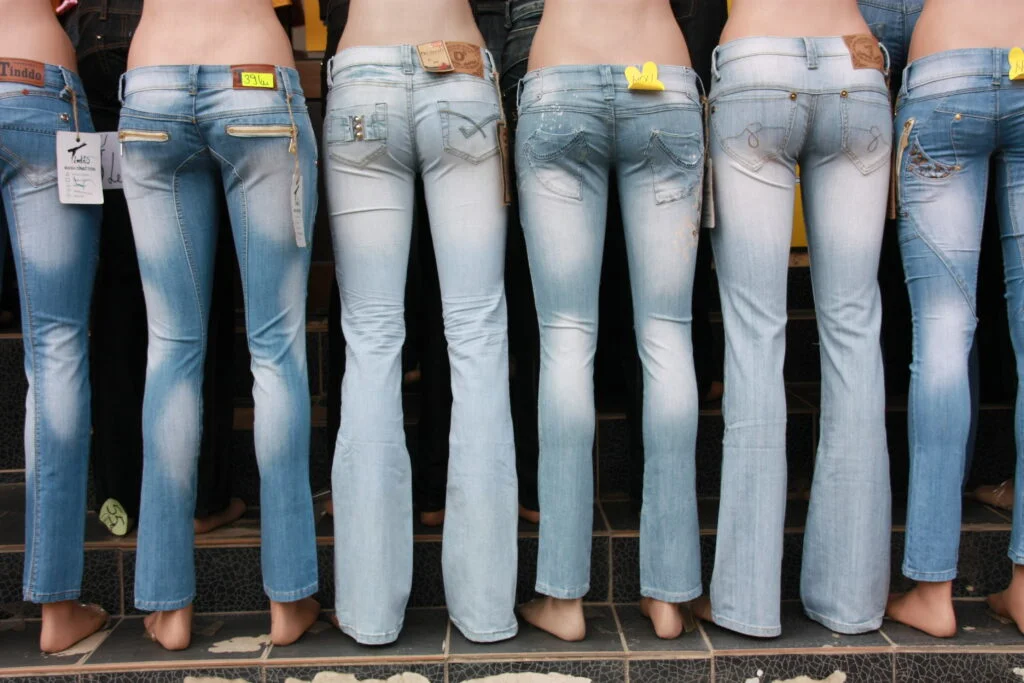
Bell-bottoms were an essential part of the ’60s counterculture look, thanks to their distinct flared silhouette. These pants started out as a practical piece of naval attire before being adopted by the hippie movement. The wide leg opening was an expression of freedom and rebellion, setting the tone for the fashion revolution of the time. Whether paired with a tight top or worn as part of a boho-chic ensemble, bell-bottoms were a wardrobe staple for both men and women.
The flare of the bell-bottoms was perfect for dancing and embodied the groovy vibes of the decade. They were often made from denim or brightly colored fabric and were usually worn with platform shoes. Over time, bell-bottoms became a symbol of the free-spirited attitude of the ’60s. Despite their fall from mainstream popularity, bell-bottoms still make occasional comebacks, reminding us of the decade’s revolutionary spirit.
3. Shift Dresses
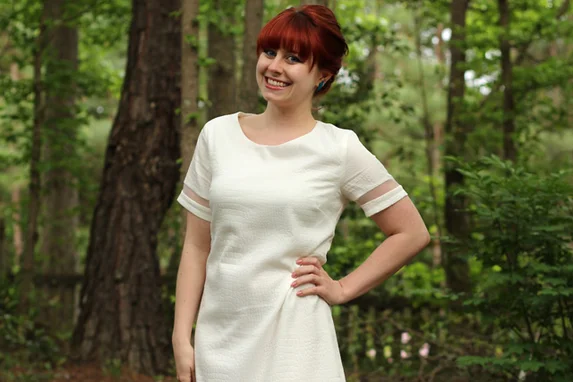
The shift dress was one of the most defining styles of the ’60s, offering a clean and simple silhouette that was a far cry from the hourglass shapes of previous decades. With its loose fit and geometric lines, the shift dress symbolized the era’s departure from traditional femininity. Designers like André Courrèges and Pierre Cardin were key in popularizing this trend, creating bold, minimalist designs that became synonymous with the mod fashion movement.
Made from fabrics like cotton and wool, the shift dress was both comfortable and chic. It was often paired with knee-high boots and accessories like oversized sunglasses. Perfect for both work and play, the shift dress offered a sense of modernity that matched the fast-paced, optimistic nature of the ’60s. Even though it may seem basic by today’s standards, the shift dress was revolutionary for its time, emphasizing ease over structure.
4. Go-Go Boots
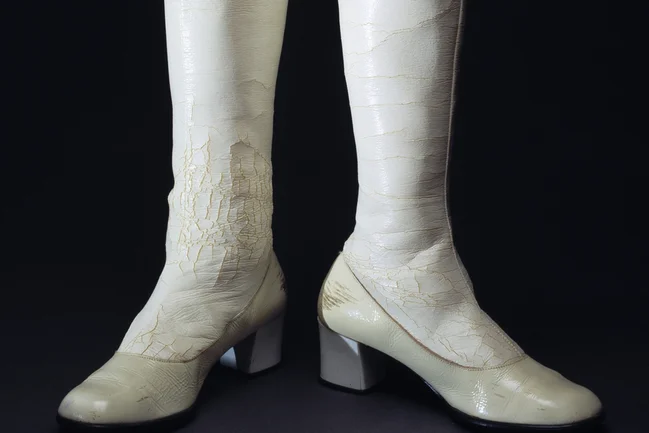
Go-go boots were more than just a footwear trend—they were a symbol of the ’60s cultural revolution. These knee-high, often white, boots became associated with the mod look and were frequently worn by dancers, especially in the swinging clubs of London. The boots had a sleek, futuristic design with a low heel and were perfect for the fast-paced, energetic vibe of the era.
They were made from patent leather or plastic, giving them a bold, almost space-age aesthetic. Go-go boots were often paired with short skirts or shift dresses, adding to the playful, rebellious nature of ’60s fashion. While the trend may have faded, the go-go boots remain an iconic representation of the decade’s daring style. Today, they are often revived for retro-themed events, keeping their legacy alive.
5. Mod Fashion
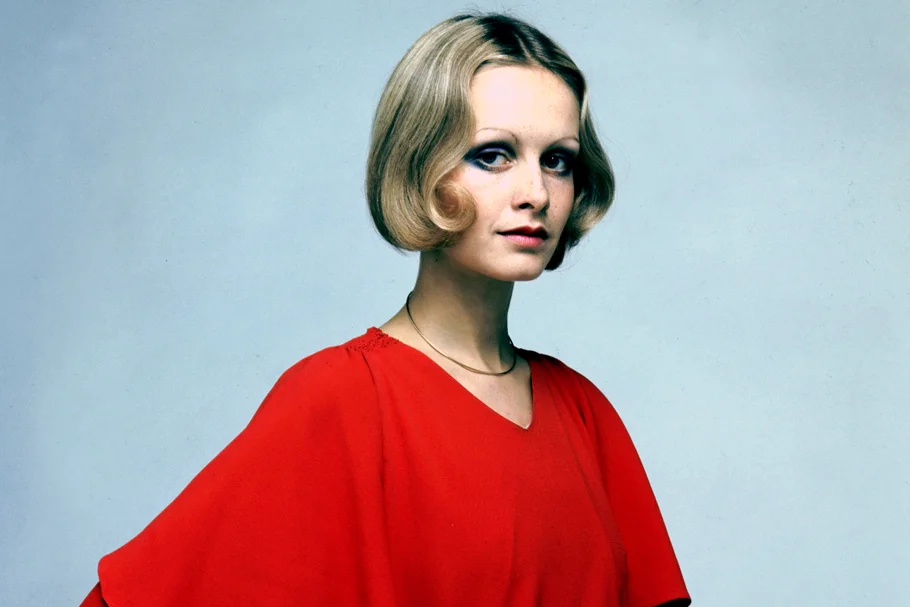
Mod fashion was all about clean lines, bold patterns, and a sense of youthful energy. Originating in London, the mod movement was defined by its emphasis on sharp tailoring and geometric designs. For women, this meant straight-cut dresses, bold prints, and accessories that made a statement. Mod fashion was often paired with striking makeup and hairstyle trends like the bouffant.
One of the most iconic looks was the shift dress, paired with go-go boots and geometric patterns in black, white, and primary colors. The style was chic, sleek, and stylish—perfect for the fashionable youth of the ’60s. Mod fashion represented an era of change, one that embraced youthful rebellion and experimentation. Though it was initially a subculture, mod fashion influenced mainstream fashion and continues to inspire designers today.
6. Turtlenecks
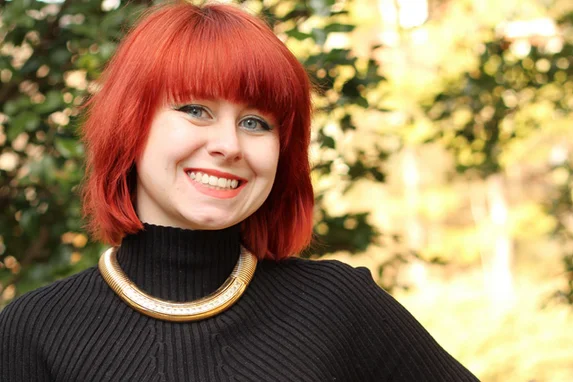
The turtleneck became a classic piece of ’60s fashion, synonymous with both sophistication and casual coolness. Popularized by stars like Audrey Hepburn, this top was often paired with everything from skirts to jeans, making it versatile and stylish. The tight-fitting collar not only provided warmth but also added an element of elegance to everyday wear.
Throughout the ’60s, the turtleneck was embraced by artists, intellectuals, and rebels alike. Whether worn as part of a sleek, monochrome look or layered with a jacket, it symbolized the intellectual yet laid-back vibe of the decade. Turtlenecks were easy to dress up or down, making them a go-to piece in many wardrobes. Even today, they continue to be a stylish and timeless piece, often updated with modern twists.
7. Flower Power
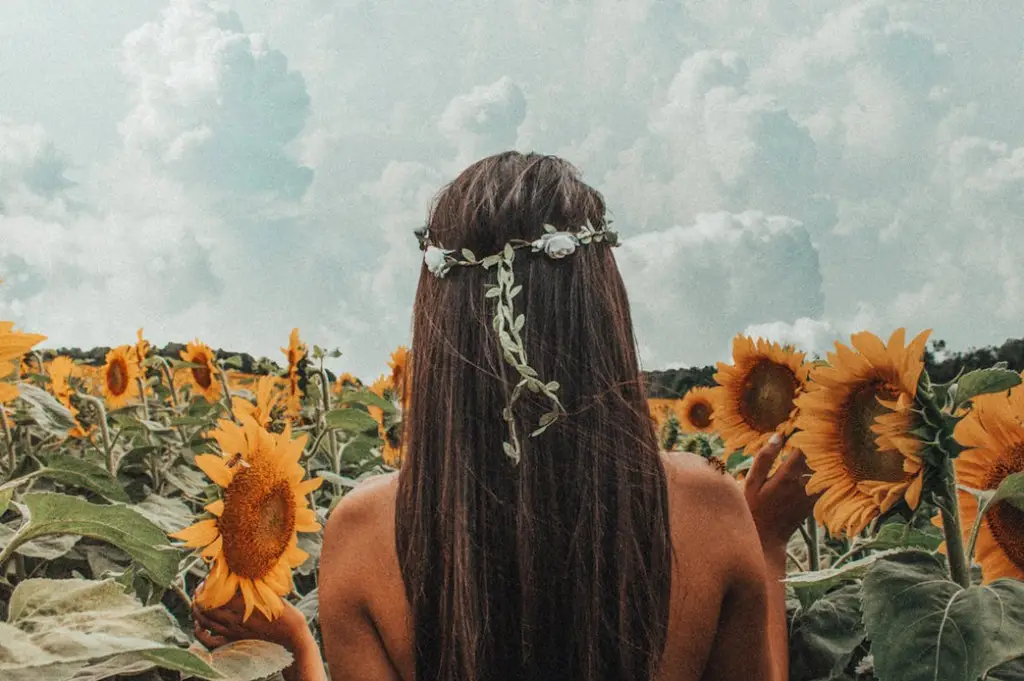
The ’60s were all about peace, love, and self-expression, and no trend captured that spirit better than flower power. Bright, psychedelic prints featuring oversized florals and swirls of color became a hallmark of the era’s fashion. These patterns were featured on everything from dresses to scarves, symbolizing the peace and love movement that defined the counterculture.
Flower power was more than just a trend—it was a declaration of individuality and rebellion against the establishment. Bold floral prints often appeared alongside bell-bottoms and flowy dresses, creating an ethereal yet vibrant look. Even today, floral prints remain a staple in fashion, a subtle reminder of the free-spirited vibe that flourished in the ’60s.
8. Paisley Prints
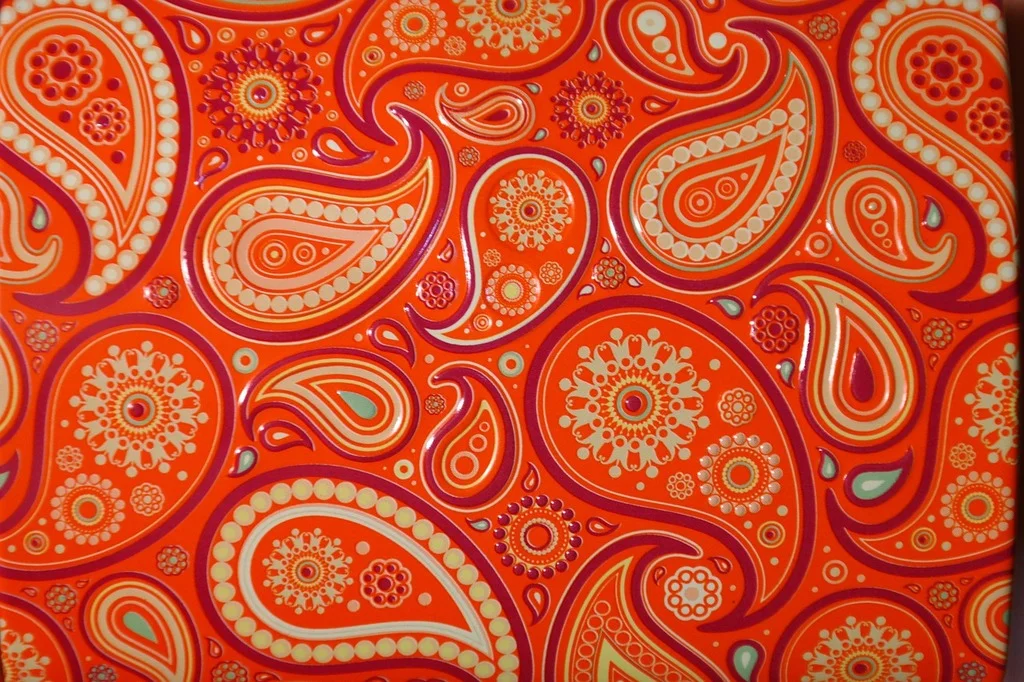
Paisley prints were a must-have for many in the ’60s, particularly within the psychedelic fashion scene. The swirling, teardrop-shaped patterns were often seen in rich, vibrant colors like purple, orange, and green, capturing the era’s love for all things bold and abstract. Paisley was commonly featured on scarves, dresses, and even suits, adding a touch of whimsy and boho charm to any outfit.
This print was closely associated with the hippie movement, embodying the freedom and creativity that defined the era. Whether worn casually or as part of a more sophisticated ensemble, paisley prints symbolized a sense of individuality and rebellion. Though paisley may not dominate fashion as it once did, it still pops up from time to time, adding a nostalgic touch to contemporary designs.
9. Mod Suits
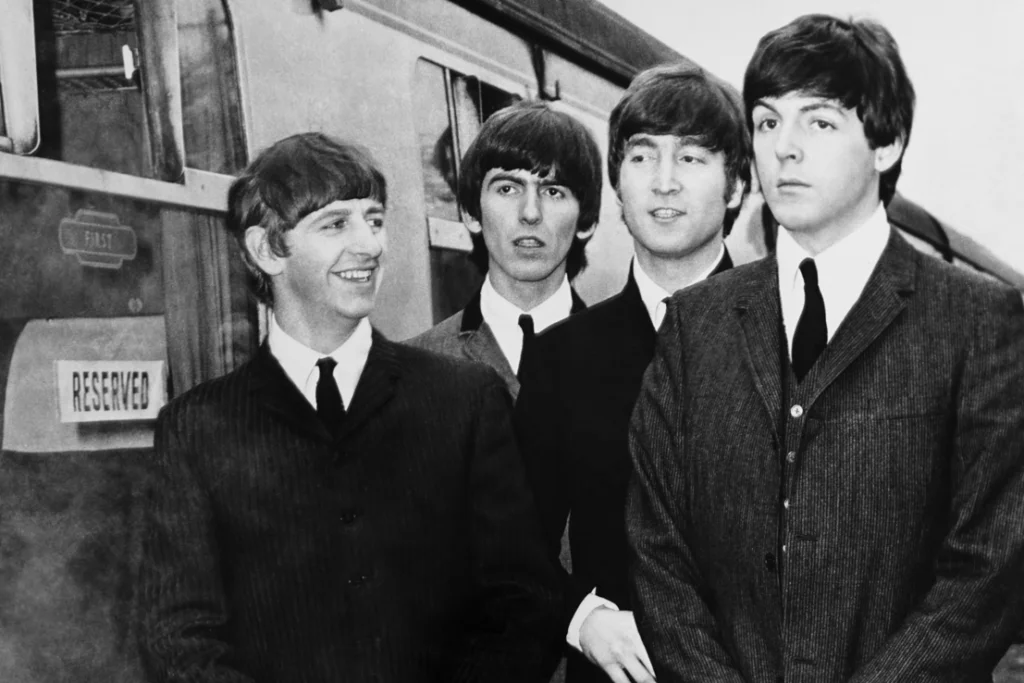
The mod suit was a sharp departure from the traditional, more conservative men’s suit. Popularized by the likes of The Beatles, mod suits featured narrow lapels, slim trousers, and a sharp, tailored fit. These suits often came in bold colors or patterns, reflecting the era’s love for all things stylish and new. Paired with a skinny tie or turtleneck, they became the go-to look for young men looking to make a fashionable statement.
Unlike the boxy, oversized suits of the previous decades, the mod suit was streamlined and sleek. It was often seen in the thriving music scene, particularly in Britain, where bands like The Who and The Rolling Stones embraced the look. Today, the mod suit’s influence is still visible in tailored menswear, proving its lasting impact on fashion.
10. Hot Pants
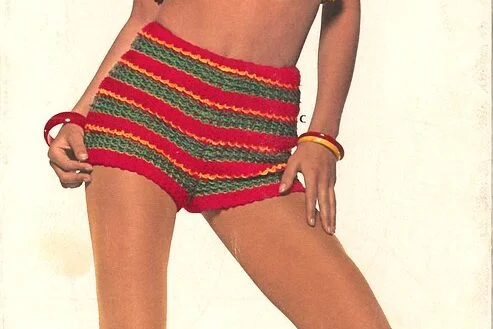
Hot pants were short shorts that took the ’60s by storm, offering a daring and playful twist on traditional shorts. These ultra-short, tight-fitting shorts were often paired with tights, creating a striking contrast between modesty and boldness. Hot pants were a statement piece, often worn by young women looking to express their confidence and sexuality.
While they were popularized in the late ’60s, hot pants became more closely associated with the disco scene of the ’70s. At the time, however, they were groundbreaking and reflected the sexual liberation and newfound freedom that defined the decade. Though hot pants have long since faded from mainstream fashion, their short, sassy style continues to inspire modern trends.
11. Crochet Tops

Crochet was a unique and handmade trend that became a beloved part of ’60s fashion, often seen in the bohemian and hippie subcultures. Crochet tops, typically made from cotton or wool, added a sense of artistry to the fashion scene. These pieces were light, airy, and ideal for warm weather, making them a perfect choice for festivals, beach trips, and casual outings.
Often paired with bell-bottoms or long skirts, crochet tops epitomized the relaxed, free-spirited attitude of the time. The intricate designs and patterns showcased a level of craftsmanship that was in line with the ’60s emphasis on individuality. Crochet made a comeback in the ’70s and continues to be a popular choice for modern boho-chic looks.
12. Pink Carnation
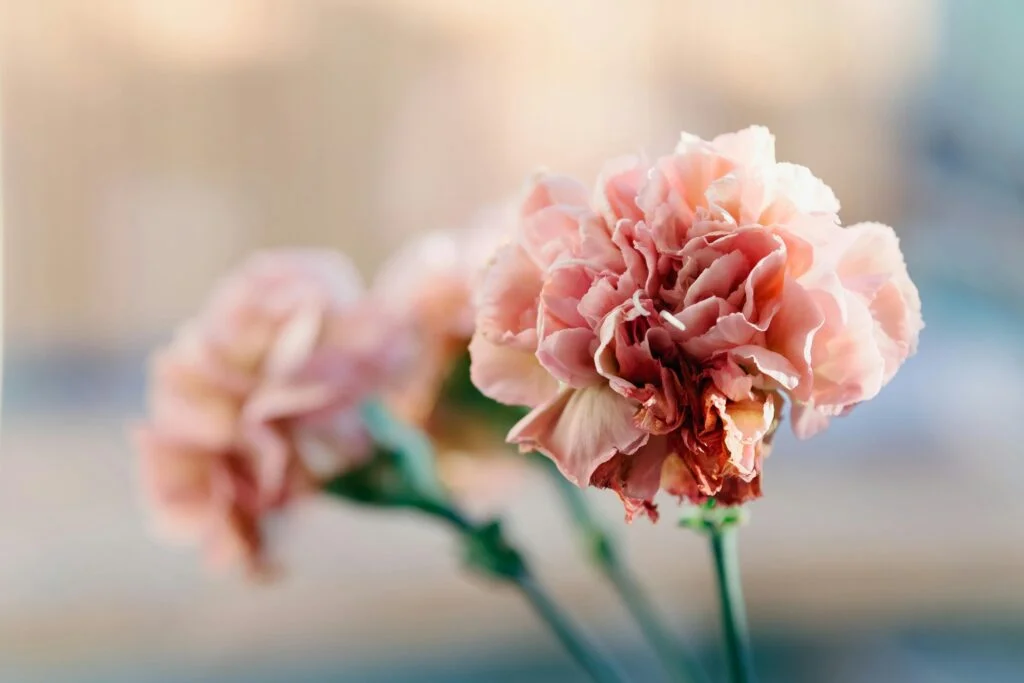
Pink carnations became an iconic accessory in the ’60s, often seen pinned to jackets, dresses, or hats. This flower was symbolic of the ’60s love culture and the growing popularity of flower power. The pink carnation was both delicate and bold, a perfect representation of the decade’s fusion of femininity and rebellion.
Often worn in solidarity with the peace movement, the pink carnation became a cultural symbol that transcended fashion. It was typically used as a way to express one’s commitment to love, peace, and unity. Though this accessory has largely disappeared, it remains a fond memory of the era’s iconic style and sentiments.
13. High-Contrast Eyeshadow
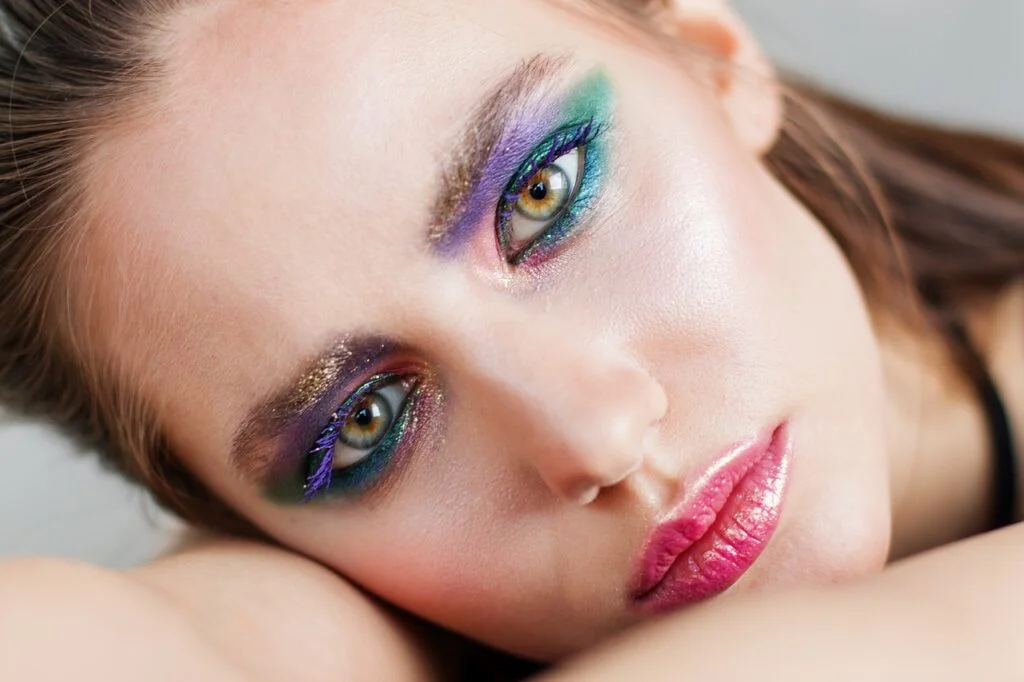
High-contrast eyeshadow was another dramatic trend that defined ’60s beauty. Women often wore bold, two-toned eyeshadow, with contrasting shades like white and black or bright hues like turquoise and pink. This eye-catching look was often paired with dramatic eyeliner and thick lashes, creating a striking, almost theatrical appearance.
The dramatic eyeshadow look was pioneered by icons like Twiggy, whose doe-eyed appearance became a symbol of the decade. It was part of a larger shift toward bolder makeup, a reflection of the growing emphasis on self-expression. Even though high-contrast eyeshadow has evolved, it still makes a return in various forms, reminding us of the ’60s’ experimental beauty standards.


